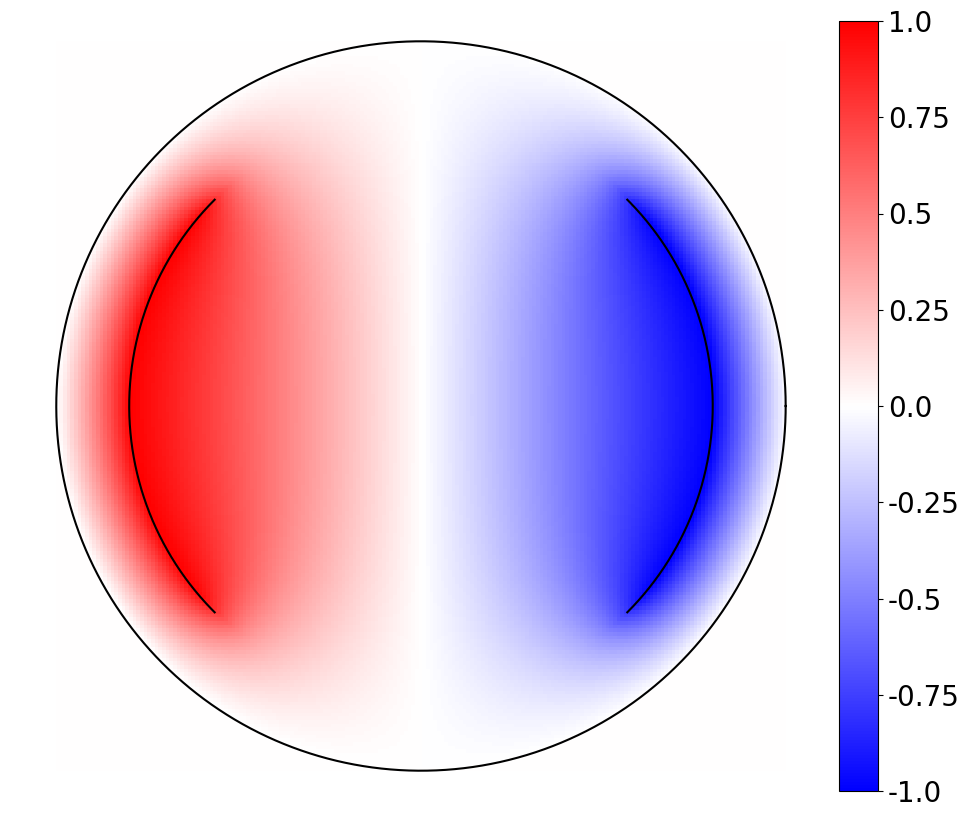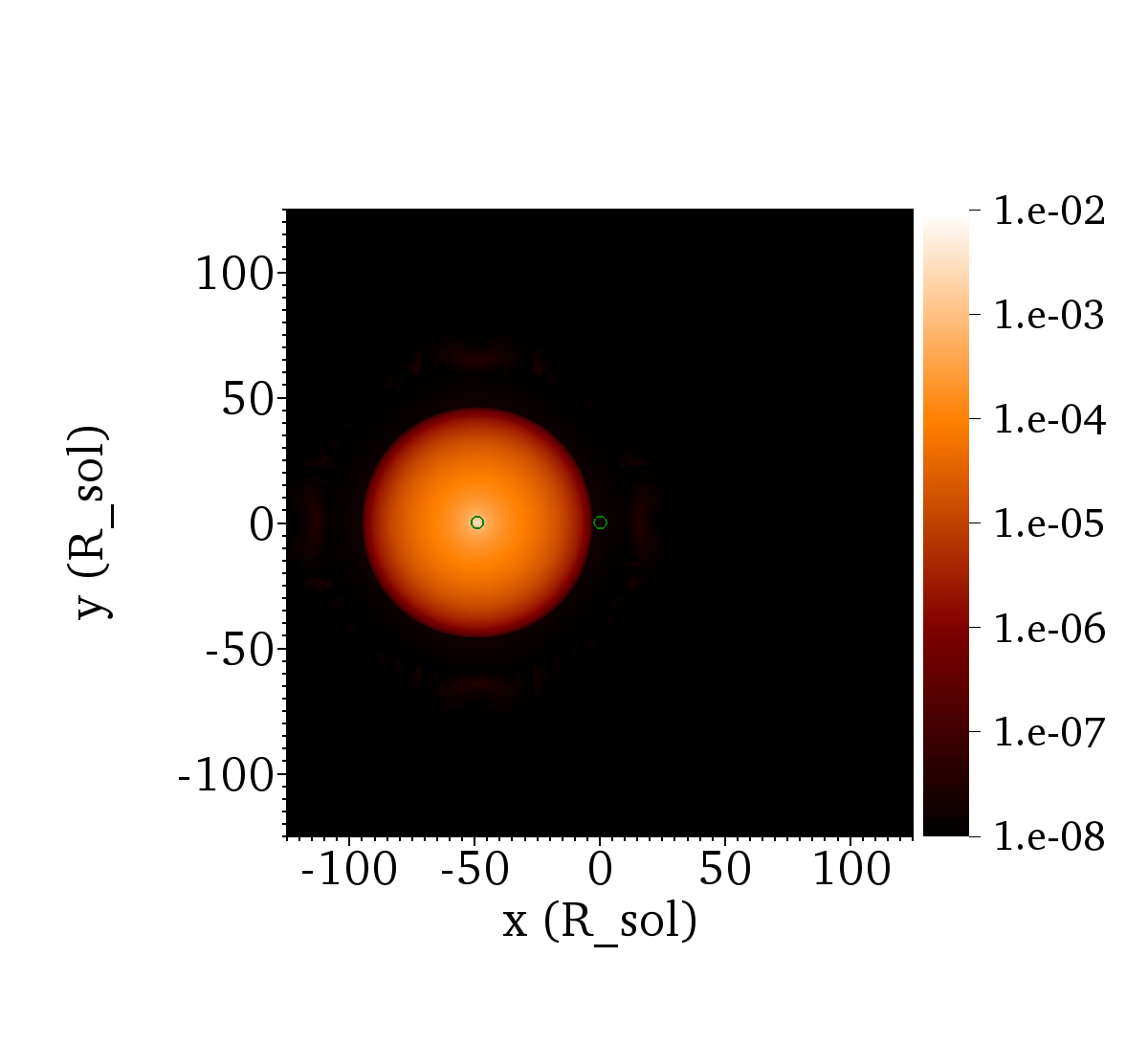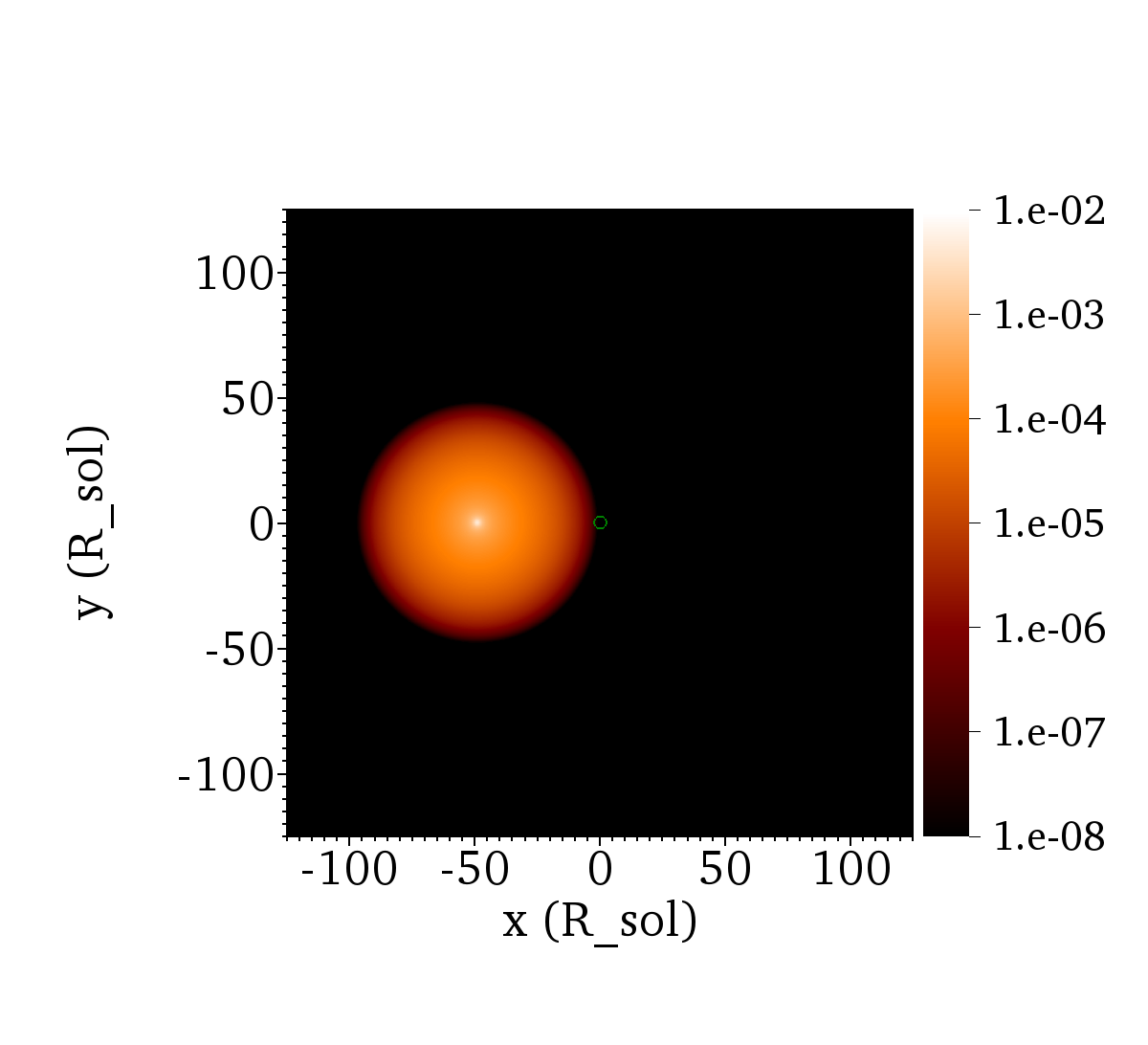current project
Convection in Common Envelope Evolution
Advisor: Adam Frank & Eric G. Blackman, University of Rochester, Rochester NY
Spring 2019 - current
Past Projects
Theory and conceptual design of kickers for echo generation in IOTA
Advisor: Tanaji Sen & Jean-Francois Ostiguy, Fermi National Accelerator Laboratory, Naperville, IL
Summer 2019 (Lee Teng Internship)
In this project we design dipole and quadrupole stripline kickers for echo generation in the IOTA ring. Beam echo is a phenomenon by which when a particle beam is successively subjected to two coherent excitation pulses, the motion driven by the initial excitation recoheres at a later time. We developed a semi-analytic solver for dipole and quadrupole kickers with curved plates of infinitesimalthickness, and independently validated it against a finite element software code (FEMM). The analyticseries converges rapidly and is in agreement with FEMM within 5% everywhere except at the tips of theplates. We also consider finite thickness plates of different shapes (curved and parallel) and compare thecentral field quality and characteristic impedance. We find that in the dipole case, the parallel platesprovide better field quality than curved plates the quadrupole case, the difference is not significant. Thecharacteristic impedance of relevant modes are computed. Matching the characteristic impedance to anexternal load is necessary to prevent unwanted reflection and ringing.
Paper published: T. Sen, Y. Tu, and J.-F. Ostiguy Fields and characteristic impedances of dipole and quadrupole cylindrical stripline kickers Phys. Rev. Accel. Beams 23, 012801

Energy budget and core-envelope motion in Common Envelope Evolution (CEE)
Advisor: Adam Frank & Eric G. Blackman, University of Rochester, Rochester NY
Summer 2018 - Spring 2019
Common envelope evolution (CEE) is a stellar evolution phase in a binary star system. It happens when one of the binary stars ("primary") enters giant phase, fills its Roche Lobe and engulfs its companion ("secondary") inside its envelope. CEE is the key to understand the formation of many planetary nebulae (such as the Hourglass Nebula). A 3D simulation is necessary to explore the full evolution of the system in enough detail, yet simulations have not ejected the envelope without adding new uncertain energy sources. We map out the energy and mass structure of CEE in space and time. We find that the asymmetry of the mass ejection leads to relative motion between the center of mass of the disrupted envelope and that of the cores. We propose this process as a mechanism to explain the offsets between the geometric centers of certain planetary nebulae and their binary central stars. Further, we explore the parameter space of the secondary mass and of the evolutionary stage of the primary (red giant branch and asymptotic giant branch).
Published paper: Luke Chamandy, Yisheng Tu , Eric G. Blackman, Jonathan Carroll-Nellenback, Adam Frank, Baowei Liu and Jason Nordhaus, arXiv:1812.1119 (2019)
This research was also presented at the STScI 2019 conference: The Deaths and Afterlives of Stars: poster

Stellar Stability in AMR hydrodynamical simulations
Advisor: Adam Frank & Eric G. Blackman, University of Rochester, Rochester NY
Spring 2018
One way to conduct hydrodynamical simulation is to use Adaptive Mesh Refinement (AMR), yet the stability of the star at the center of the star is hard to achieve due to resolution limit. In this study we compared profile between two initial profile, one with damping and one without. Damping is a way to reduce random motion in the star. Based on the study we find that in both case, the star is very stable during useful timescale. This is a complimentary study of accreation in Common envelope evolution.

